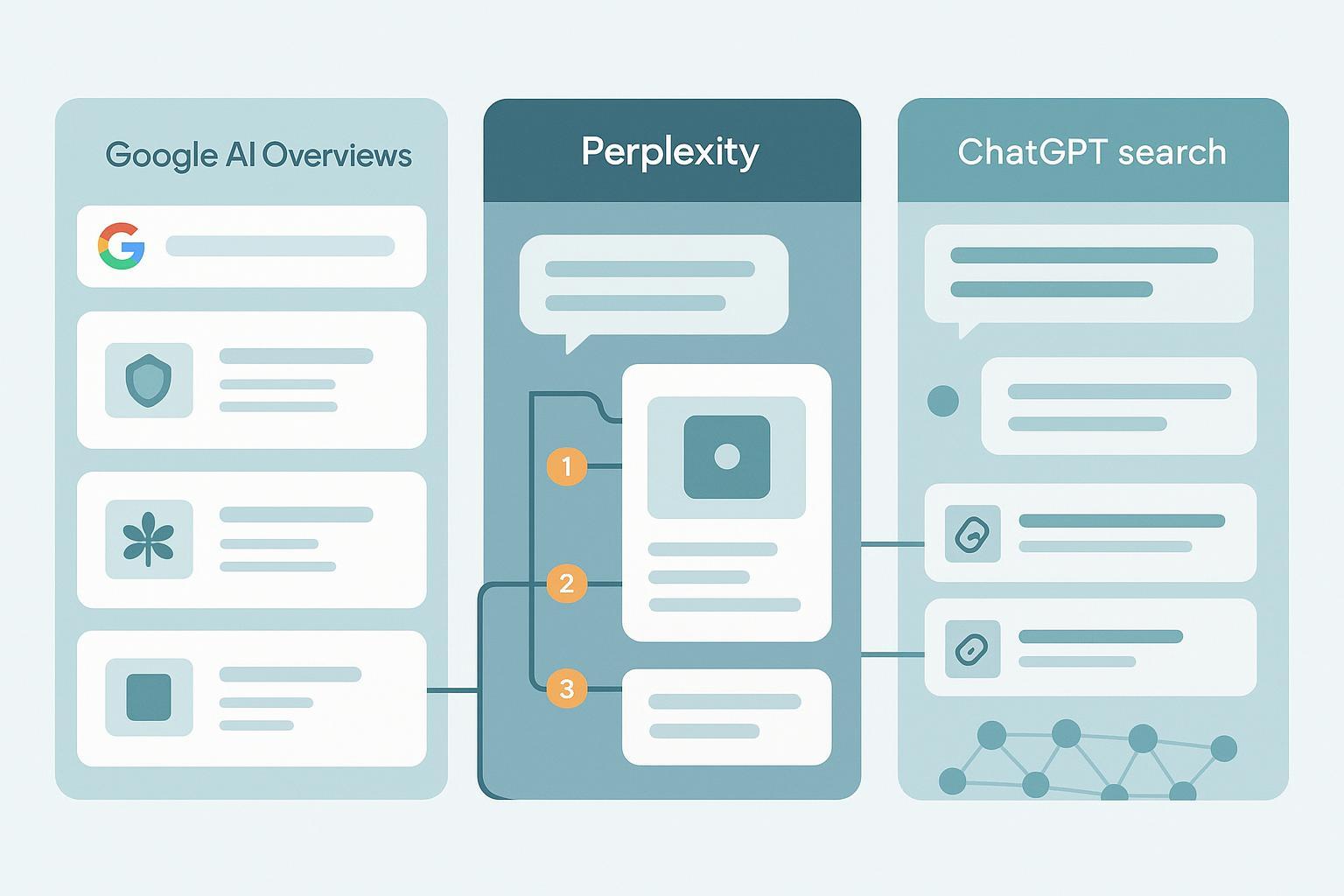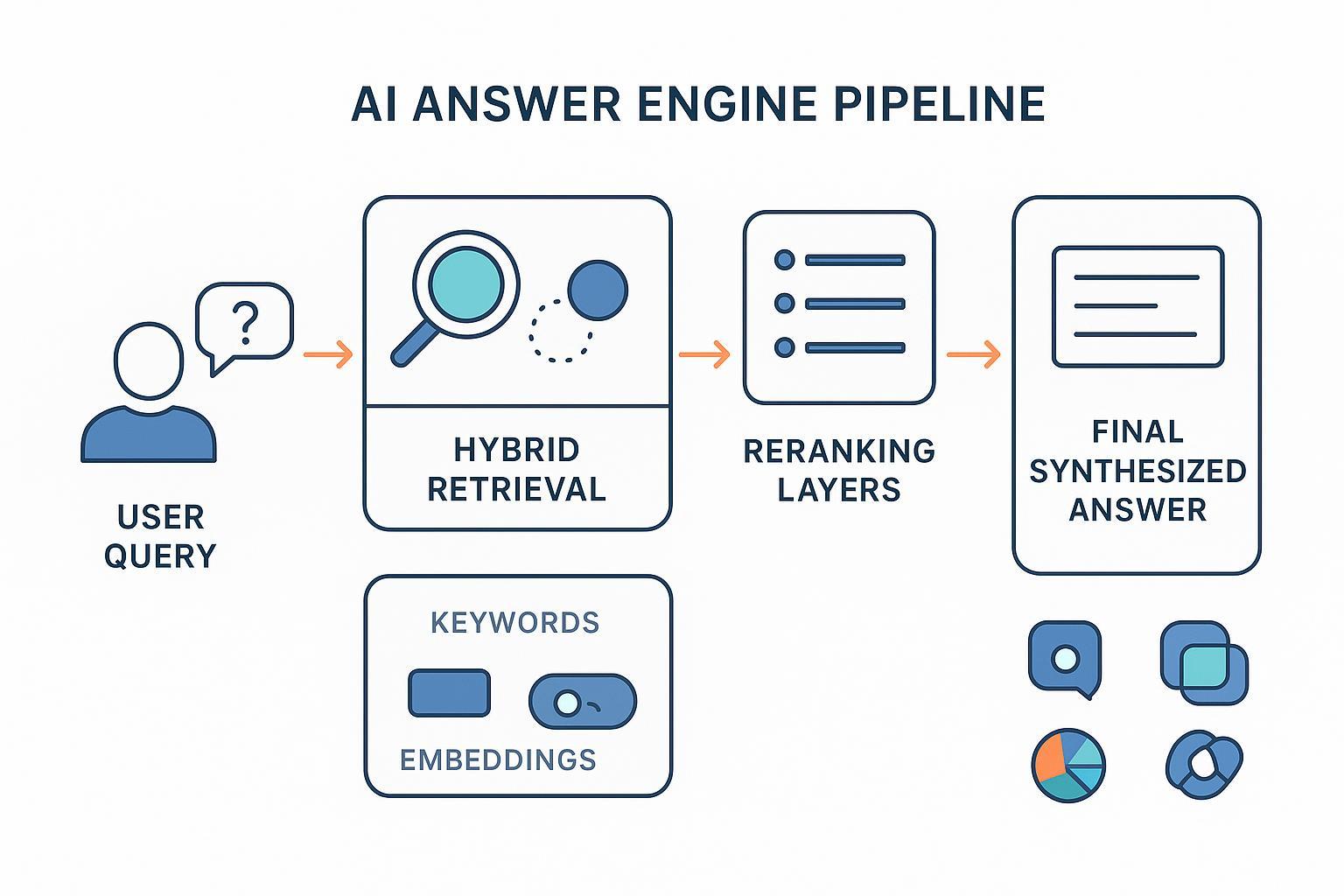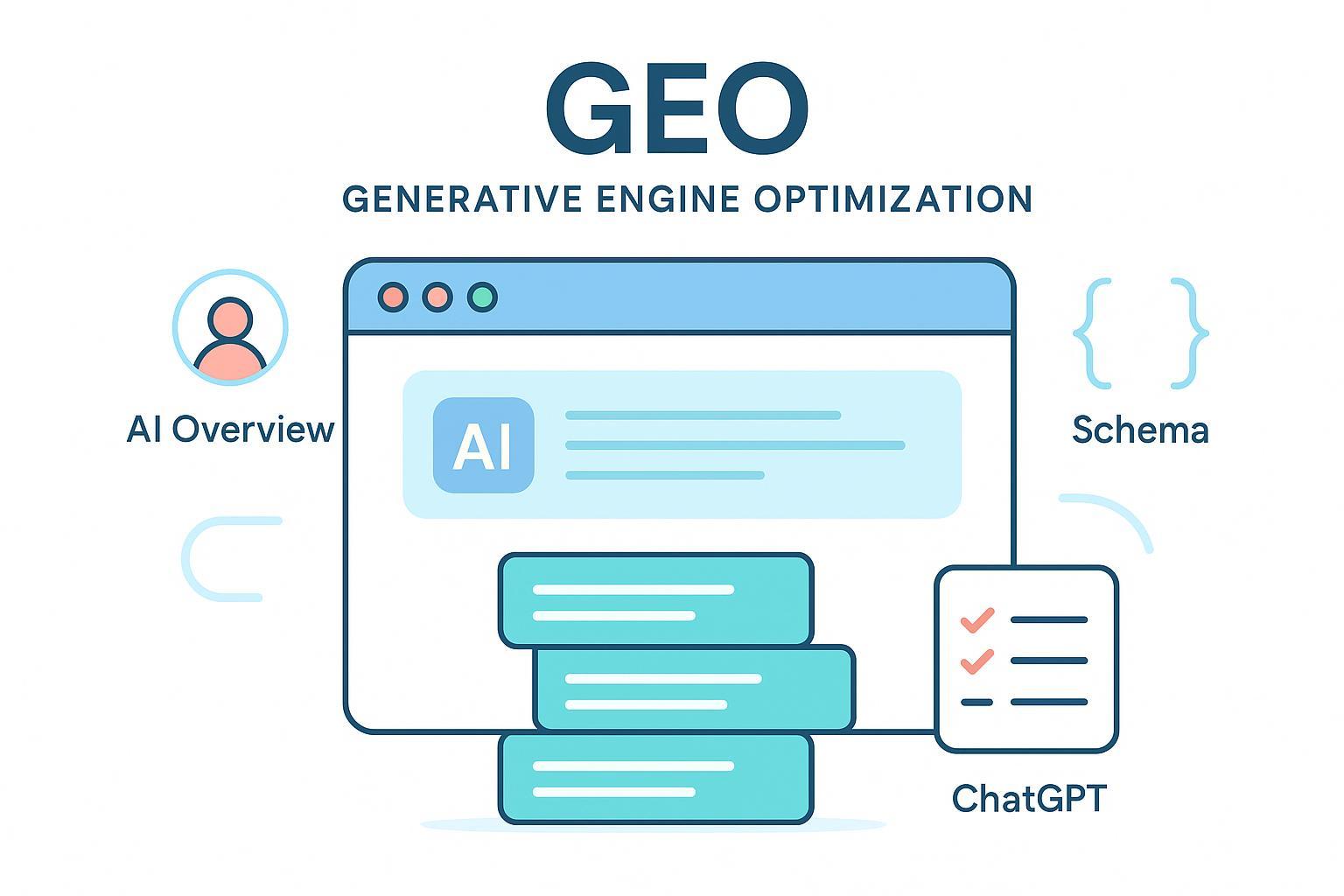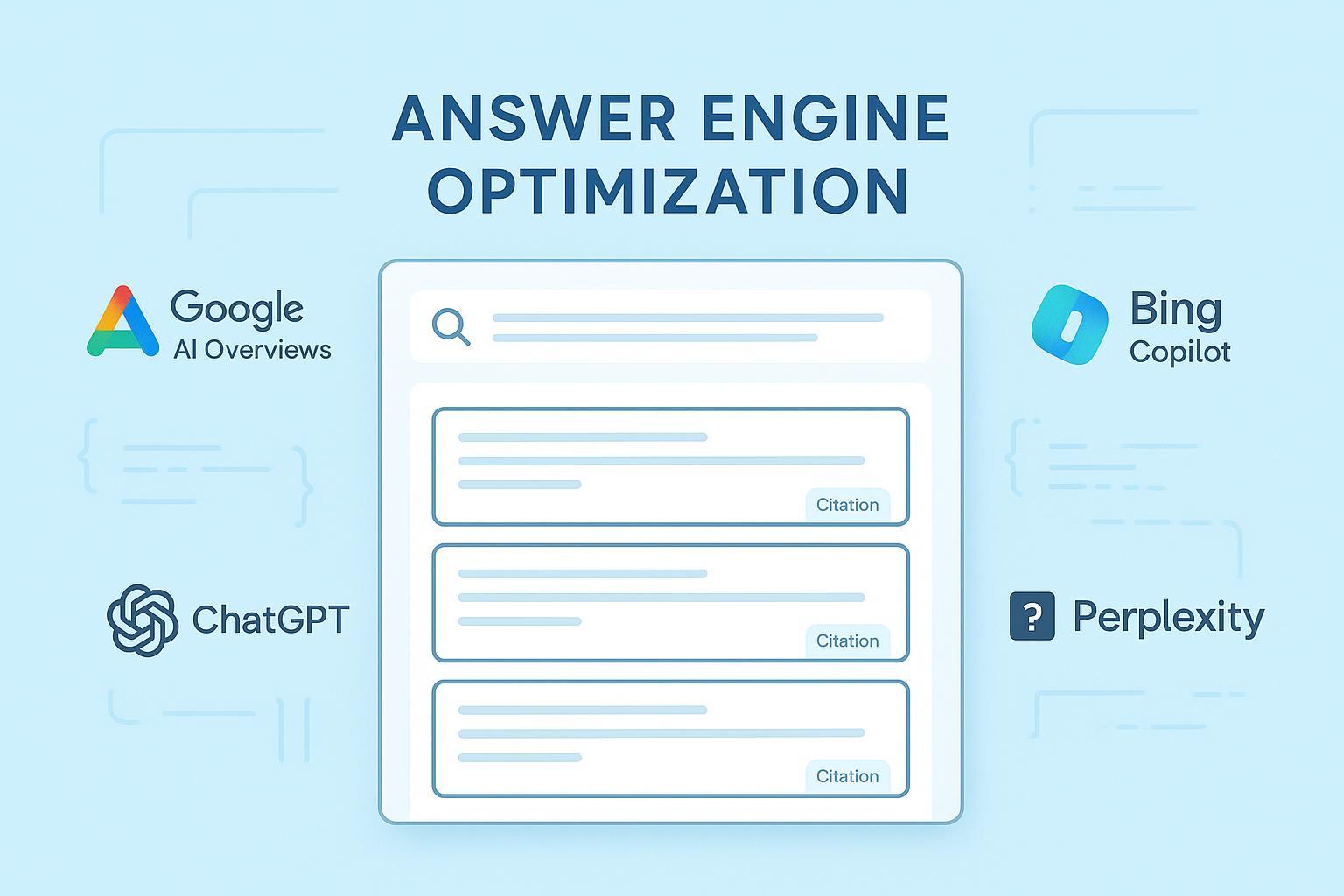AI SEO Ultimate Guide 2025: Why Human Expertise Still Matters
Discover why human expertise remains vital in AI-powered SEO. Get 2025 data, actionable insights, and hybrid workflow strategies. Read the ultimate guide.
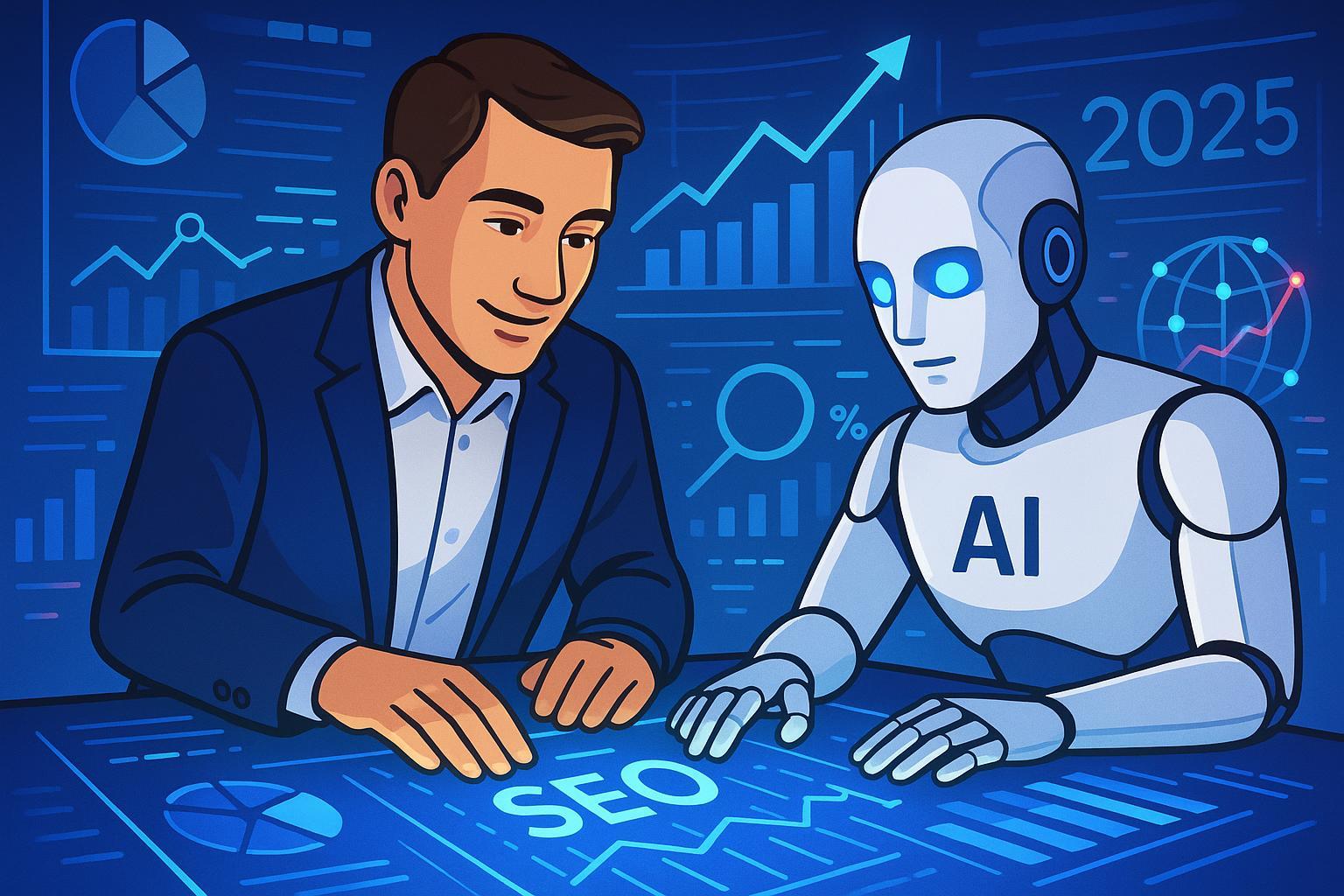
Introduction: The AI SEO Inflection Point (2025 Edition)
If you feel like artificial intelligence became the new heartbeat of SEO and content marketing overnight, you’re not alone. In just two years, AI content generators, search assistants, and automated optimization tools have gone from niche to nearly ubiquitous: over 86% of SEO professionals worldwide now rely on some form of AI to research, write, or plan their strategies, with more than 40% of brands fully integrating AI into content workflows according to the latest 2025 surveys by Siege Media and SEO.com. The AI gold rush is here, and the industry’s annual value now exceeds $47 billion, set to double within three years.
And yet—despite this remarkable transformation—marketers, strategists, and brand leaders keep circling back to the same question:
Do humans still matter in SEO content marketing? Or are we just nudging levers while machines take over the art and the science?
Having led AI-powered teams, tested case after case, and witnessed both spectacular surges and shocking failures, I’m convinced: Human expertise is not just relevant—it is the essential competitive advantage in the AI SEO era. This ultimate guide, built on 2025’s freshest data and real industry cases, is your blueprint for understanding where humans make the difference, how to maximize the hybrid workflow, and why authenticity, creativity, and oversight cannot be engineered away.
The Data-Driven Landscape: How AI Has Reshaped SEO & Content Marketing (2025 Benchmarking)
To ground the debate, let’s start with what’s changed:
Metric | 2023 | 2025 |
|---|---|---|
% SEO Pros Using AI Tools | 38% | 86% |
% Brands w/ AI Content Ops | 25% | 40% |
AI Content Share (Drafts) | 21% | 57.4% |
Median Organic Traffic Growth | 24.2% | 29.1% |
AI as Referral Traffic Driver | <1% | ~0.1% (but 63% of sites report some AI-origin traffic) |
Source: Siege Media + Wynter 2025, Ahrefs 2025, SEO.com 2025, Ahrefs AI SEO report
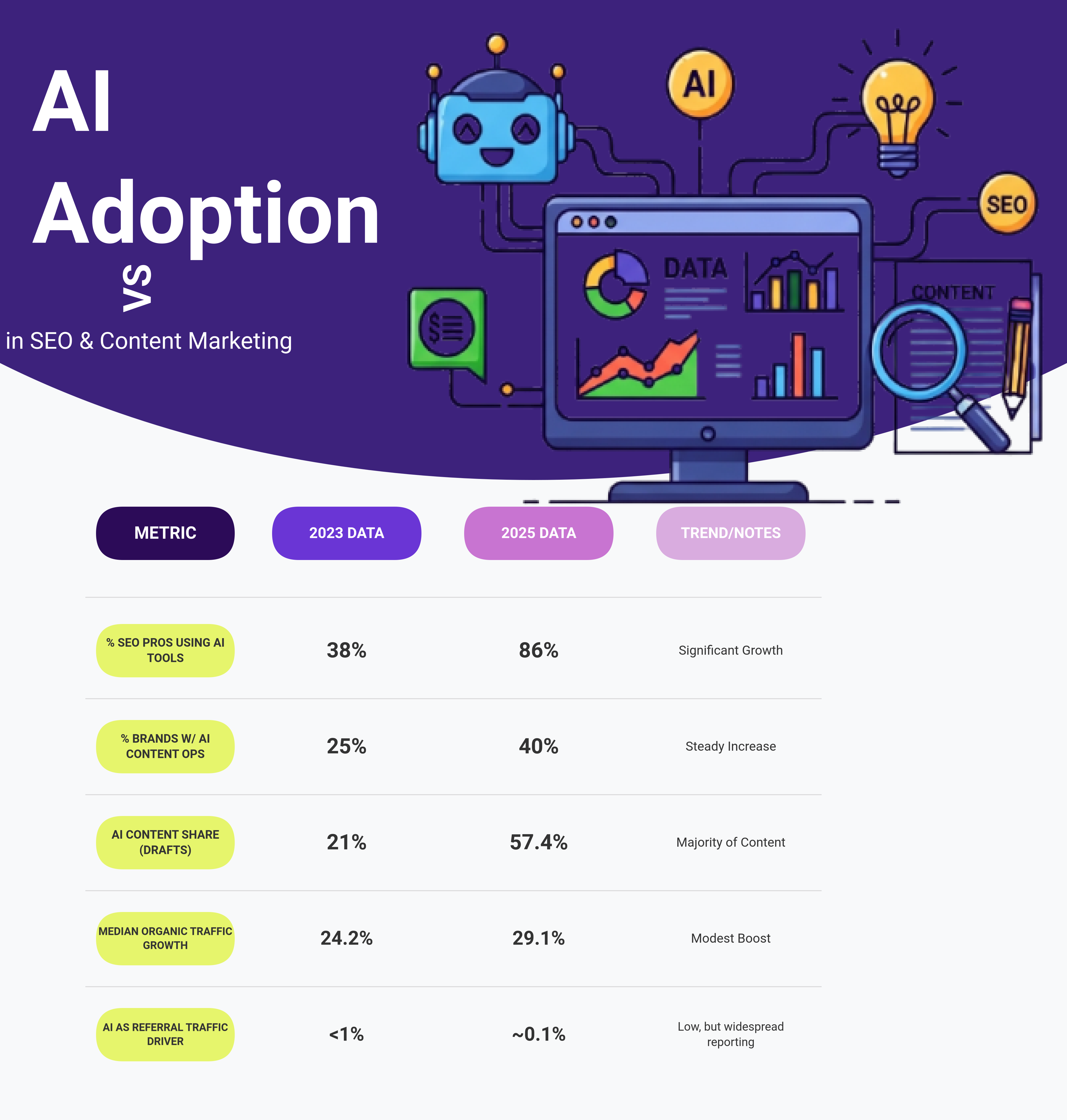
AI now drafts the majority of long-form marketing content. Teams leverage it for topic ideation, on-the-fly keyword suggestions, and bulk scale. Median sites deploying AI see a 5%+ organic traffic boost. And yet—data also shows engagement rates, session times, and brand trust remain higher for content where humans play a direct, creative role.
Case Vignette
A major B2B software brand adopted AI to churn out product landing pages at scale. Organic reach climbed by 18% in six months. Yet user surveys revealed those pages converted at 41% lower rates than human-crafted ones—citing missing “voice,” “answers to real client pain,” and a “copy-paste” feel.
The bottom line: AI is table stakes. But meaningful impact—on trust, brand engagement, and differentiation—still requires uniquely human input.
Module I: Strategic Direction & Topic Ideation—Where Humans Lead, AI Accelerates
When it comes to building content that matters, strategy decides everything. Here’s where the hybrid approach shines:
Human vs. AI: Who Owns the Process?
Task | AI Role | Human Role |
|---|---|---|
Topic Discovery | Suggest trending queries, clusters | Validate, align with brand, spot gaps from real market insights |
Audience Mapping | Analyze data patterns, personas | Interpret nuance/context, adjust for intent shifts |
Editorial Calendar | Auto-suggest timing, cross-channel | Set priorities based on product/season strategy |
Final Topic Selection | Rate content opportunity | Make strategic decision, add unique angles |
Real-World Example
One global agency used AI to surface 200+ new topic ideas per week. But actual campaign winners? Always those hand-picked via expert review—where the human SME spotted rising pain points or untapped narratives no algorithm could.
Actionable Checklist: When to Trust AI vs. Human Judgment
Use AI for scanning—trend spotting, keyword expansion, cluster analysis
Always have a strategist vet: “Does this align with our unique audience and brand?”
Prioritize content where humans see emerging opportunity (e.g., regulatory changes, in-person events, subculture signals)
When in doubt: run A/B pilots—measure what actually hits with your core users
Module I Key Takeaway: AI is your superpower for research; only human insight should determine what’s truly strategic.
Module II: Content Creation—Scaling with AI, Standing Out with Human Voice
AI can draft content at breathtaking speed—about 2,000 words per hour (vs. 500 for top human writers). But fast doesn’t guarantee fit or impact.
Workflow Walkthrough: The Gold Standard
AI drafts outline and basic copy, pulling from relevant SERPs, knowledge bases, and trending angles.
Human creator reviews, reorganizes, and injects personal insight, stories, or research.
Collaborative review (QA): AI flags gaps or redundancies; human polishes voice and accuracy.
Optional: Real-user feedback loop for high-value pages.
Workflow Metric | AI-Only | Human-AI Hybrid |
|---|---|---|
Words per hour | 2,000 | 1,200 |
Avg. time-on-page (2025) | 49 sec | 1 min 32 sec |
Engagement rate | 8.1% | 12.7% |
Perceived authenticity (surveyed users) | 4.2/10 | 7.9/10 |
Source: Superagi 2025, The Ad Firm 2025, The Ad Firm AI content study 2025
Notable Hybrid Case Study
A U.S. fintech used AI agents to produce weekly insight reports. The most successful posts were those where senior analysts wove in custom commentary and actionable frameworks—these consistently outperformed pure-AI docs by a margin of over 50% in shares and client inquiries.
Action Points for Editorial Teams
Delegate speed/outline work to AI; reserve interpretive, storytelling, and contrarian takes for human editors
Build templates, but resist the urge to automate voice and nuance
Routinely survey audience perceptions—what feels generic vs. tailored?
Share both wins and “AI-miss” fails in team reviews to continually recalibrate process
Module II Key Takeaway: Let AI scale, but only people can make your content matter—and convert.
Module III: Quality Assurance, Authenticity & Ethical Oversight
In a post-AI content boom, quality and trust are the new battlegrounds. As Google and other engines emphasize E-E-A-T (Expertise, Experience, Authoritativeness, Trustworthiness), your QA process is your first—and last—line of defense.
The Modern QA Workflow
AI runs automated checks: spelling, grammar, keyword gaps, duplicated ideas
Human review for truth, nuance, and brand fit:
Fact-check stats, claims, and original sources
Evaluate for bias, ethical issues, and cultural resonance
Protect unique brand voice (resist “blanding”)
Expert sign-off: Subject-matter expert (SME) gives final go-ahead—especially in regulated or sensitive fields
Professional Services Example
A top healthcare content shop piloted an “AI-only” workflow. While drafts passed technical audits, they repeatedly fell short in passing medical board reviews for nuance and legal compliance. Restoring the medical editor layer cut content speed by 20%—but error retraction rates dropped by 90% and brand referrals increased.
E-E-A-T and Brand Safety Principles
Every claim must be source-able (cite year, publisher, and document in-line)
Tone and content must “ring true” to your audience—use field interviews, real quotes
Apply ethical review: privacy, nondiscrimination, accuracy
Module III Key Takeaway: Only human oversight delivers trust, safety, and true brand differentiation in an AI-saturated world.
The Human-AI Hybrid Model: Crafting Winning Workflows for 2025 & Beyond
Blended teams, not pure tech stacks, are defining the new era. Real success comes from reinventing workflows—not just automating old ones.
Evidence From the Field
MIT Sloan and Humans+AI: Teams with established, role-specific hybrid workflows outperform both fully manual and fully automated shops. Knowing when to trust AI, and when to step in, is the differentiator (MIT Sloan 2025).
Top outcomes: Faster publishing cycles and higher content engagement when workflows are “blended by design.”
Sample Editorial QA Checklist
Was the topic aligned by a human strategist?
Did AI provide research and drafts, with visible sources?
Did a qualified editor review fact, narrative, voice, and ethics?
Did we test for authenticity with real or synthetic user feedback?
Was SME sign-off obtained for high-stakes content?
Practical Framework for Teams
Map every content stage (ideation, outlining, drafting, QA, distribution)
Assign explicit checkpoints for human override and final authority
Incentivize cross-training: AI champions become QA stewards; writers learn prompt engineering
Hybrid Workflows Key Takeaway: Don’t just blend AI in—design teamwork that maximizes both speed and human expertise at every step.
Looking Ahead: Trends, Threats & New Opportunities (2026+)
What’s next? Expect acceleration and deeper integration, but also a rising premium on personalization and authenticity:
Future Market/Tech Trends
By 2026, over 70% of marketing teams will rely on generative AI as standard practice (TS2 Tech).
Content will adapt contextually, in real time, as user journeys fragment and search leans further into semantic/contextual models (Huble, Onlim, Onlim AI trends).
AI agents will act as strategy consultants; humans will focus on “hard problems”—insight, ethics, innovation (DMEXCO 2025).
What Marketers, Leaders, and Creators Must Do
Stay ahead of tech—pilot, but don’t blindly adopt every new AI tool
Invest in hybrid team training and workflow redesign
Make authenticity and ethical stewardship your brand’s calling card
Proactively monitor new compliance, attribution, and privacy standards
Encourage a feedback culture—let users tell you what resonates versus what feels “robotic”
Trends Key Takeaway: The winners in 2026+ will be those that build trust and efficiency—never sacrificing one for the other.
Conclusion: The Enduring Power of Human Expertise in the AI Era
It’s tempting to see AI’s explosive entry into SEO and content marketing as the end of human distinction. But the evidence—across competitive data, case studies, and the very real world of client results—says otherwise:
Strategy is still human-led: Only people can truly read the market’s pulse
Authenticity cannot be copied: Real stories, voice, nuance—these still convert
Quality demands oversight: Brand trust, ethics, and expertise hinge on human review
The future belongs to blended teams: CEOs, strategists, writers, and analysts who embrace AI as a powerful tool, but never abdicate the roles of leader, creator, or steward. As you build your marketing system for 2025 and beyond, prioritize the distinctly human skills that machines cannot replicate—and pair them with the best AI technologies as your sidekick.
Final call to action: Reimagine your workflow, invest in both your people and your processes, and lead your brand into an era where technology supports—not supplants—the irreplaceable value of human insight.
References:
Additional cited inline sources throughout the guide.

